Applications and innovations in the Internet of Things (IoT)
hackerearth
MARCH 5, 2019
The Internet of Things (IoT) is a system of interrelated devices that have unique identifiers and can autonomously transfer data over a network. By 2020, the smart healthcare market value is predicted to be US$ 169.32 Real-world applications of IoT can be found in several sectors: 1. Healthcare. Smart Home.




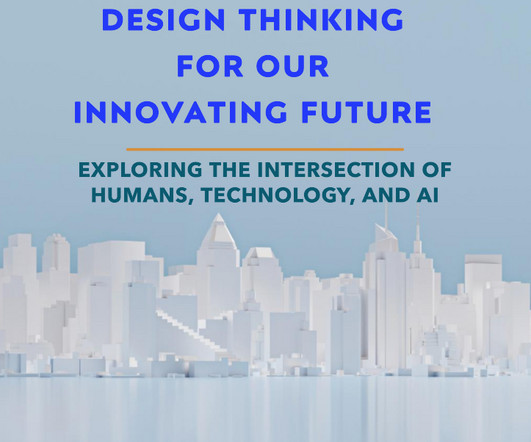


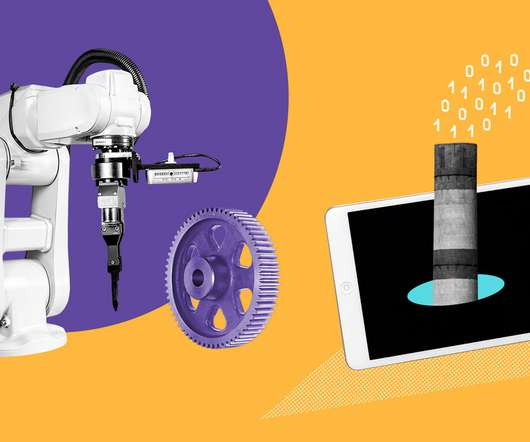

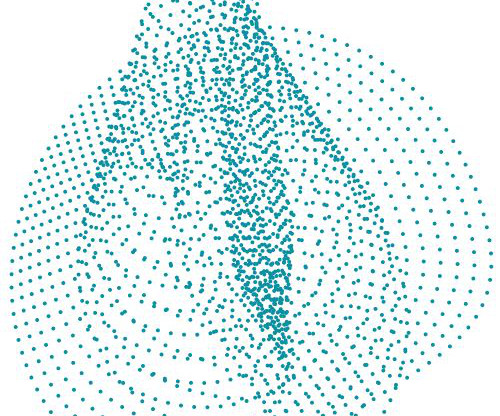

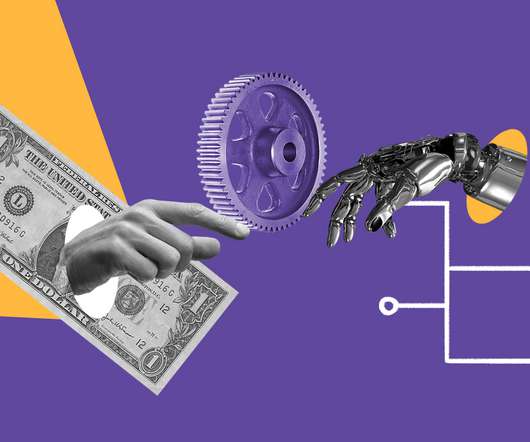

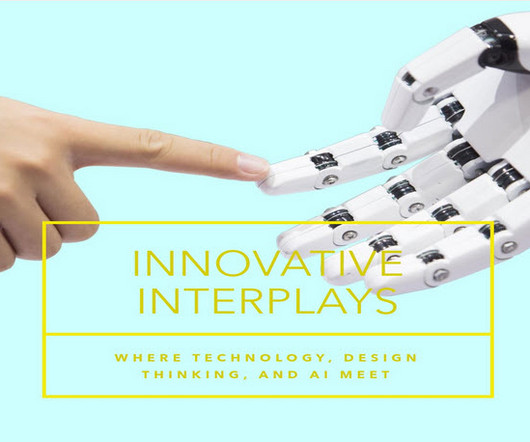
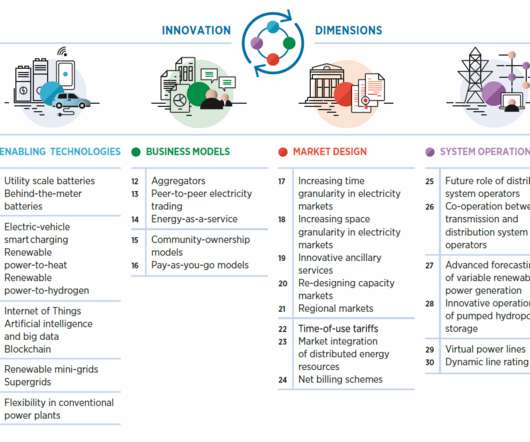


































Let's personalize your content